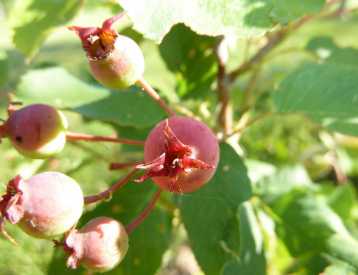The Story of Control Must Be Protected
The whole edifice of our civilization, our society, our culture, is built out of stories that define for us the way the world is. One defining feature of our current story, regardless of the culture that it is found in, is the idea that food, the very thing we need to survive, is almost always owned. So ingrained is this idea, that when we are hungry, our thoughts naturally run not to “where can I find food,” but rather to “where can I buy food.”
"Only the hand that erases can write the true thing."
Changing stories, or even becoming aware of our current story is incredibly difficult when we have heard and experienced it from birth. Our cultural story is so pervasive that it is hidden within every communication, in our language, in our schools, religions, songs, and screens. All of which quietly reassures us that “this is how we are meant to live, this is the way to be human, this is the way we have always lived, there is no other way. “ Stories are powerful things, creating and giving shape to reality.
"Yes, the adult world is make-believe too. Roles and costumes, games and pretenses contribute to a vast story. When we become aware of it, we sense the artificiality of it all and feel, perhaps, like a child playing grown-up. The entire edifice of culture and technology is built on stories, composed of symbols, about how the world is. Usually we don't notice; we think it is all for real."
When we begin to see the artificiality of our cultural edifice, when we begin stepping down from our current story and stepping into a new one, we then start to notice things that belong to a different story, things like the many gifts of nature that are all around us.
"Wherever you are is the entry point."
One such gift is Autumnberry, a shrub/tree that not only produces an amazing amount of highly nutritious and delicious fruit, but that also goes around restoring infertile soil by fixing atmospheric nitrogen back into it. Of course within our current story it should not be surprising to find that such a gift is scorned and vilified as an invasive species. But in if our continent is going to be overrun by exotic invasive plants, I pray that there are more of them like autumnberry.

